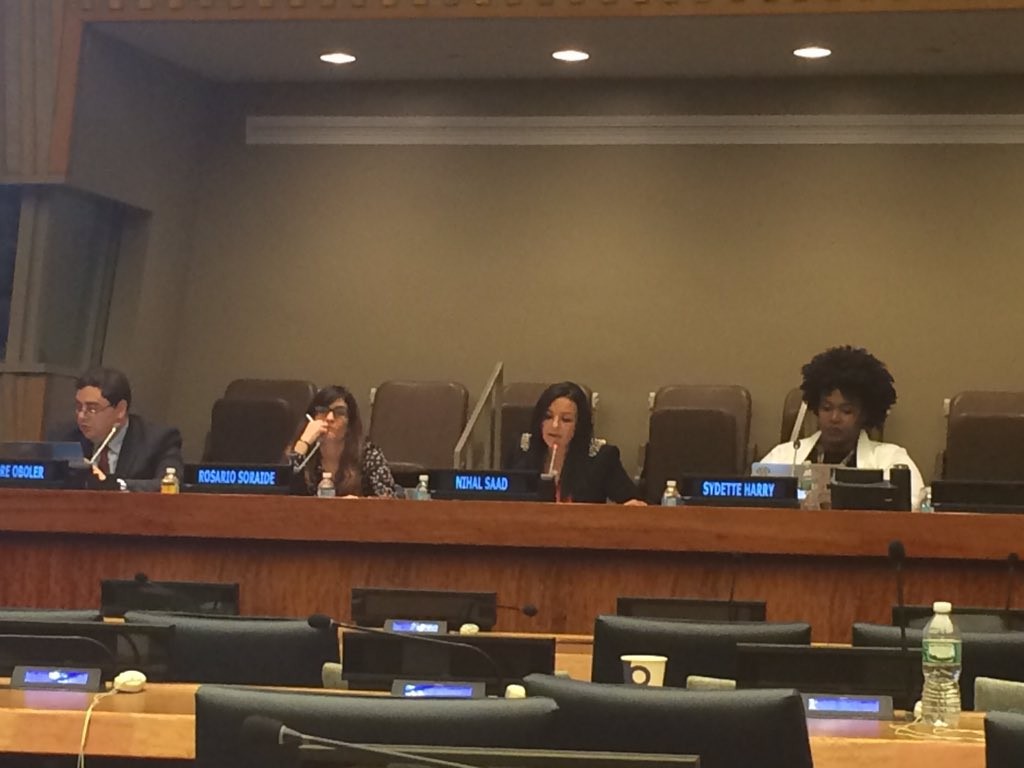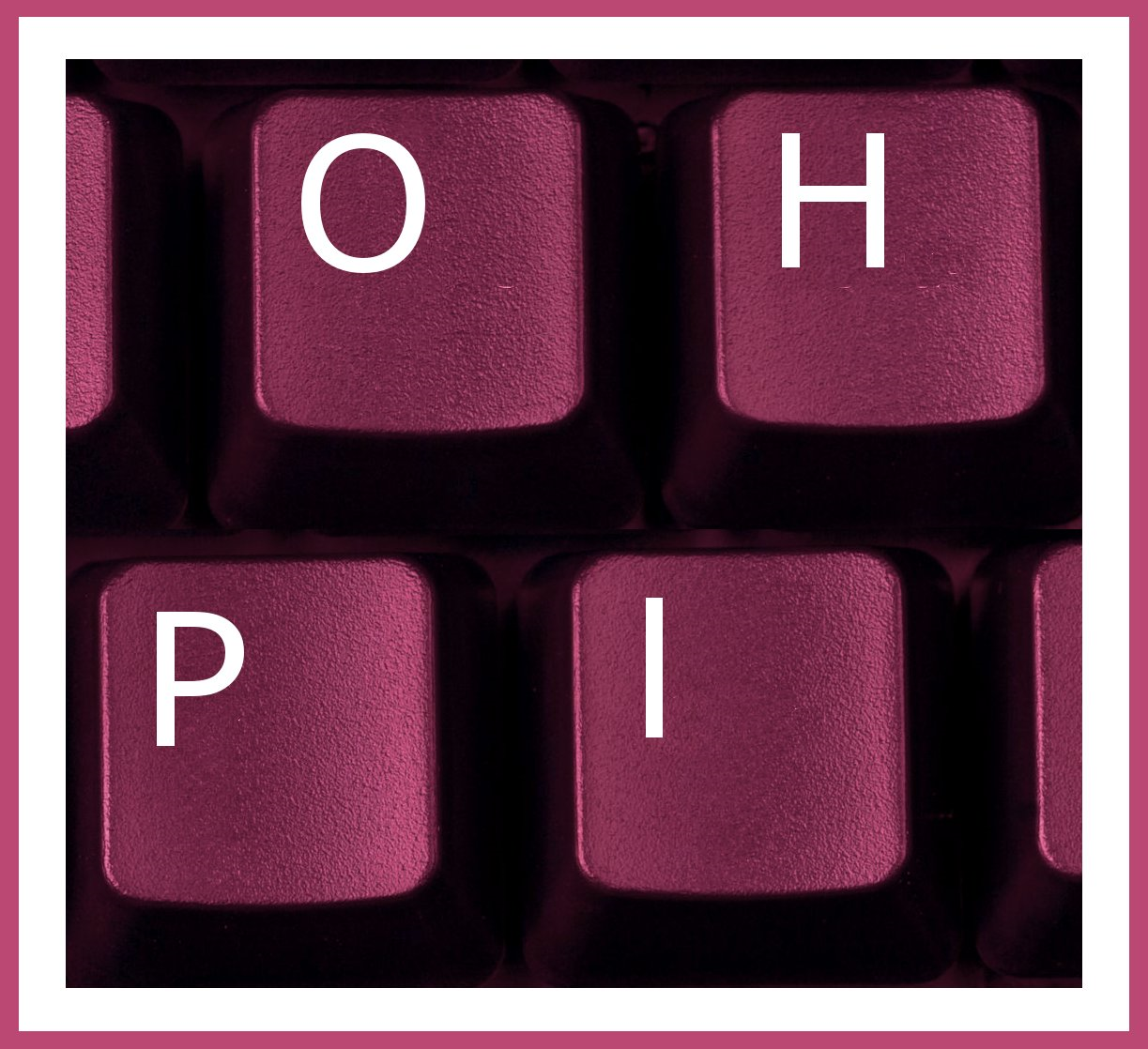
Presentation by Dr Andre Oboler at the UN in New York for the United Nations Alliance of Civilizations (UNAOC) conference “Tracking Hatred: An International Dialogue on Hate Speech in the Media”.
The presentation was part of a panel on Monitoring, Regulating and Limiting Hate Speech.
Panel description: “The anonymity, immediacy and global nature of the Internet have made it an ideal tool for hatemongers, racists and extremists. Often, it has enabled previously diverse and fragmented groups to connect, propagate their rhetoric, recruit, and organize. This rise in hate speech online is compounded by difficulties in policing such activities, and the Internet remains largely unregulated. More nations have sought to combat hate speech. The regulation of hate speech online depends on the different laws around the globe and the enforcement policies of the governments. It also largely depends on the definitions of hate speech adopted by the leading Internet service providers and the leading social media platforms, and how they choose to intervene in instances of hate speech.”
Panelists: Moderator: Nihal Saad, Chief of Cabinet and Spokesperson, United Nations Alliance of Civilizations; Ms. Rosario Soraide, Project Officer, Freedom of Expression and Media Development Division, UNESCO; Dr. Andre Oboler (Australia), CEO, Online Hate Prevention Institute; Sydette Harry, Community Lead, Coral Project.
Dr Oboler’s key messages were:
1) We need to treat hate speech in social media and as shown in search engines results as a more specific problem than hate speech on the internet in general. One can allow freedom of expression on the Internet, while still denying hate speech access to the tools to go viral or to mislead.
2) The Internet is a space whose fabric is speech. Hate speech embeds itself in the very fabric of this space. Some of these spaces are vital public spaces, others are more private. In a world where space is made of speech, when the public spaces are built of hate and become harmful to some, it denies them access to what should be a right for all. The environment itself can become exclusionary. In this environment a distinction between hate speech and hate acts is illusionary.
3) The Internet, and particularly social media, is a technological accelerant for memes, including messages of hate and extremism. The idea of a technological accelerant for memes can be amusing if the meme is grumpy cat, but downright scary if the meme of the sort of hate that has inspired genocides. Just as the car accelerated movement, and new laws i.e. road rules, had to be create in response, so too are some laws needed to halt or at least slow down the viral spread of hate online.
The FightAgainstHate.com online tool and the results from campaigns on antisemitism and anti-Muslim hate were presented.
A video of the session can be seen here and Dr Oboler’s presentation starts around 20 minutes in.
